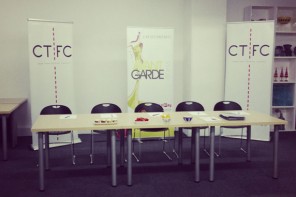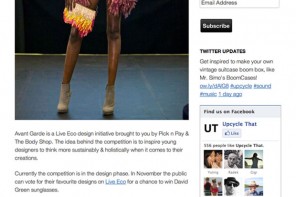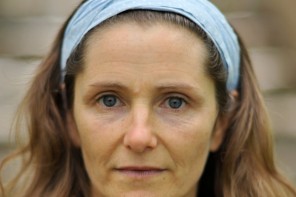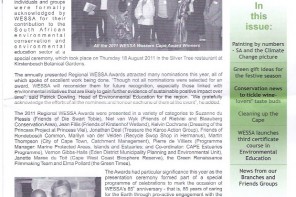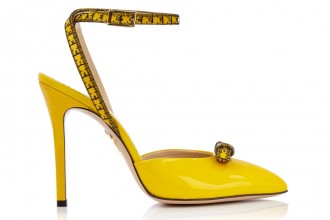Just when you thought it was safe to go back in the sweater along comes a man with a plan, in doublebreasted wool
The Prince of Wales is attempting to rebrand a material favoured by the nation’s grandmothers — and Val Doonican — as a fashionable and eco-friendly fabric that consumers will choose for clothes and home furnishings. The scheme, to be launched on January 26th, aims to help sheep farmers by boosting the price of wool worldwide. In Britain the average price for a kilogram in 1997 was 93p. Last year it fell to 66p.
The Prince hopes to recreate enthusiasm for a product that during the Middle Ages was this country’s most important trading commodity. The intention is to establish a new green label for woollen products and for shops to give a commitment to promote wool.
A wool week, backed by John Lewis and Marks & Spencer, is planned for September, just before London Fashion Week, when shoppers start to plan and buy their winter wardrobe.
Nicholas Coleridge, the managing director of Condé Nast publications, has the pivotal role of enlisting retailers, designers and manufacturers to the cause.
The Prince hopes to encourage a return to woollen carpets and rugs instead of wooden flooring, and for woollen clothes that last instead of the “fast fashion” trend for cheap, synthetic, throwaway garments that are being dumped in landfill sites.
The project must also embrace Commonwealth countries such as Australia and New Zealand for it to have any chance of success.
The value of British wool is particularly affected by prices in New Zealand, which are now at their lowest level for 50 years. Mr Coleridge said: “We want to make wool something desirable, so it will affect wool prices. The plan is to try and overturn some myths and to talk up the beauty of wool and the eco-benefits of wool, which lasts longer than synthetic materials and is fully bio-degradable. This way we hope to re-awaken interest in wool.”
Top designers and labels such as Burberry, Jasper Conran, Paul Smith, Alice Temperley and Savile Row tailors such as Gieves & Hawkes are already using wool. The key is to boost its use in the middle and value retail markets, he said.
Part of the problem is that wool is often seen as bulky.
“The secret is to make wool look sleeker,” he said. “It does not always have to be used in a great big Arran sweater. I wear woollen suits, woollen jumpers at the weekend and in this weather in the office.
“We must also destroy the myth about synthetic carpets being more fire-resistant than woollen ones. Nine out of ten out-of-town sales assistants will say that, but it’s wrong. Wool is more fire-resistant.”
Mr Coleridge, who already helps with the Prince’s Trust charity, is anxious to keep farmers in business, to keep sheep in the hills and help to preserve the landscape. He can see three different flocks from his Worcestershire country home.
The Prince identified the need to boost wool prices two years ago after complaints from upland farmers and tenants of his Duchy of Cornwall estate. He was aware of the low prices paid for wool from his own organic flock of just under 200 Lleyn and Hebridean sheep.
Farmers once expected their annual wool cheque to cover the cost of feeding a sheep for a year, nowadays about £3 to £4. But today shearing and removing the fleece costs from £1 to £1.40. With the average fleece weighing 1.5kg, farmers last year made just under £1 a fleece and no profit from wool.
The Prince turned to John Thorley, director of the Pastoral Alliance and former chief executive of the National Sheep Association, to plan a comeback for wool, just as he has led a renaissance for mutton.
A year ago key figures from the British Wool Marketing Board, farmers, manufacturers and fashion experts like Mr Coleridge met at Clarence House to plot a revival, called simply The Wool Project.
Sir Stuart Rose, chairman of Marks & Spencer, confirmed his support, saying it was an important step in supporting his farmer suppliers and that he hoped to offer more wool products in stores.
Andy Street, managing director of John Lewis, said two thirds of the company’s carpet sales are British wool products and he hopes to develop more woollen goods.
Source: The Times Online
The liveeco team


